Synopsis
Jim Al-Khalili looks at how, in 1986, IBM researchers discovered a breakthrough regarding superconductivity in ceramic materials.
- Programme: Shock and Awe: The Story of Electricity
- Episode: Revelations and Revolutions
- Channel: BBC Four
- Broadcast year: 2011
- Physics
Licence: ERA Licence required
UK only
Staff and students of licensed education establishments only
Cannot be adapted
Add Notes
More clips from Shock and Awe: The Story of Electricity
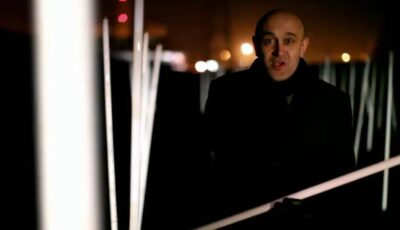
3: Revelations and Revolutions | Shock and Awe: The Story of Electricity
3: Revelations and Revolutions | Shock and Awe: The Story of Electricity
Jim Al-Khalili concludes by looking at how, if we could understand the secret of electrical supercon...
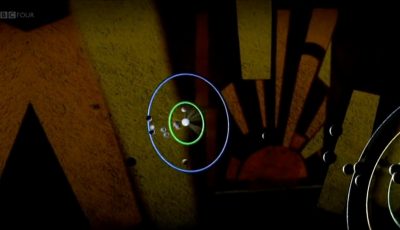
Crystal Junctions | Shock and Awe: The Story of Electricity
Crystal Junctions | Shock and Awe: The Story of Electricity
Jim Al-Khalili explores the race between scientists to create a reliable way to amplify electrical signals, and i...
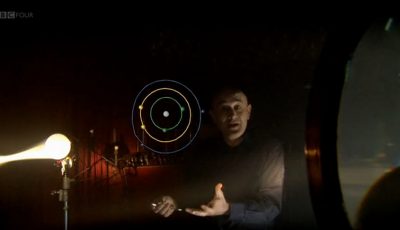
Electricity and the Atomic scale | Shock and Awe: The Story of Electricity
Electricity and the Atomic scale | Shock and Awe: The Story of Electricity
Jim Al-Khalili explores how Ernest Rutherford's work on the atom revealed what electricity was on ...
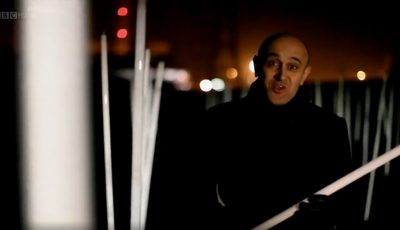
Electromagnetic waves | Shock and Awe: The Story of Electricity
Electromagnetic waves | Shock and Awe: The Story of Electricity
Jim Al-Khalili explains Michael Faraday's theory that any electrical charge can create a forcefield surroundi...
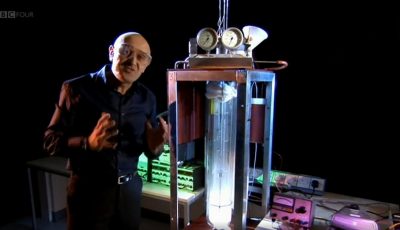
Resistance | Shock and Awe: The Story of Electricity
Resistance | Shock and Awe: The Story of Electricity
Jim Al-Khalili explains how, as we made microchips smaller, the electrical feature of resistance was becoming more probl...
Semiconductors | Shock and Awe: The Story of Electricity
Semiconductors | Shock and Awe: The Story of Electricity
Jim Al-Khalili explores how JC Bose and his wave detector made use of crystals to conduct electricity.
Semiconductors and WWII | Shock and Awe: The Story of Electricity
Semiconductors and WWII | Shock and Awe: The Story of Electricity
Jim Al-Khalili explains the importance of semiconductors, particularly with regard to fighting WWII.
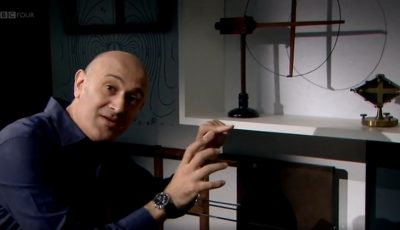
The race to prove Maxwell's theory | Shock and Awe: The Story of Electricity
The race to prove Maxwell's theory | Shock and Awe: The Story of Electricity
Jim Al-Khalili explains how physics professor Oliver Lodge proved Maxwell's theory that electrom...
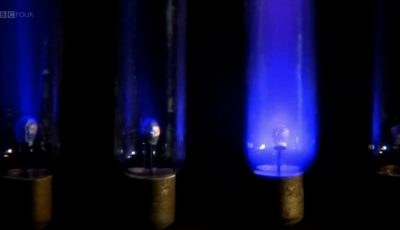
Valves | Shock and Awe: The Story of Electricity
Valves | Shock and Awe: The Story of Electricity
Jim Al-Khalili explains how William Crooks experimented with sending electrical currents through a vacuum.
More resources about The properties of materials

Ceramics | How It Works
Ceramics | How It Works
Professor Mark Miodownik looks at how simple clay, sand and rock can be changed into pottery, glass and concrete to build cities and transform the wa...
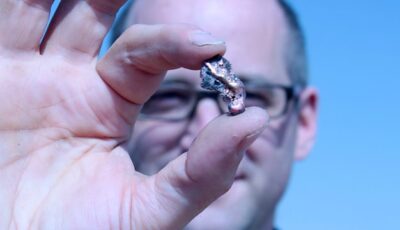
Metal | How It Works
Metal | How It Works
Mark Miodownik traces the history of our love affair with metal. He investigates metals at the atomic level and sees how metal crystals can be grown to ...
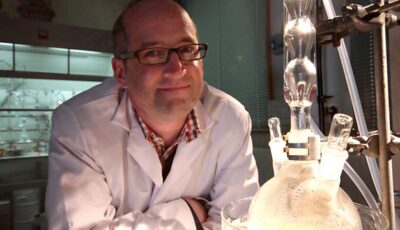
Plastic | How It Works
Plastic | How It Works
Mark Miodownik shows how plastics have brought luxury to the masses and reveals how the next generation will take its inspiration from nature and coul...
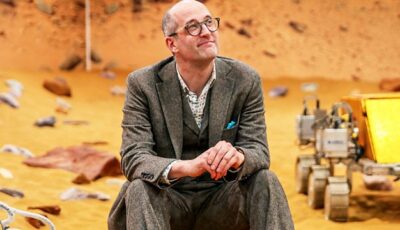
Secrets of the Super Elements
Secrets of the Super Elements
In the first BBC documentary to be filmed entirely on smartphones, Mark Miodownik reveals the weird materials that have built our high-tech world.
Semiconductors and WWII | Shock and Awe: The Story of Electricity
Semiconductors and WWII | Shock and Awe: The Story of Electricity
Jim Al-Khalili explains the importance of semiconductors, particularly with regard to fighting WWII.
More from Jim Al-Khalili
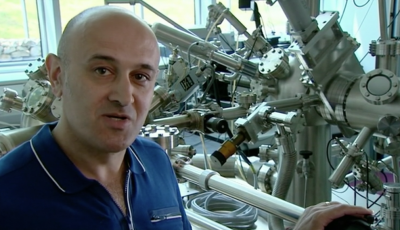
2: The Order of the Elements | Chemistry: A Volatile History
2: The Order of the Elements | Chemistry: A Volatile History
Professor Jim Al-Khalili looks at how the early scientists' bid to decode the order of the elements was driven b...
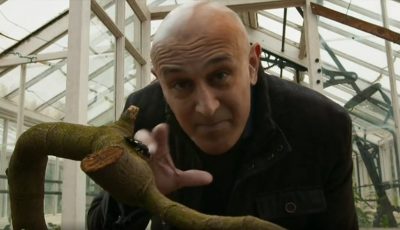
Einstein and the beetle | Gravity and Me: The Force that Shapes our Lives
Einstein and the beetle | Gravity and Me: The Force that Shapes our Lives
Professor Jim Al-Khalili explains Einstein's analogy of gravity that he told his son to explain his...
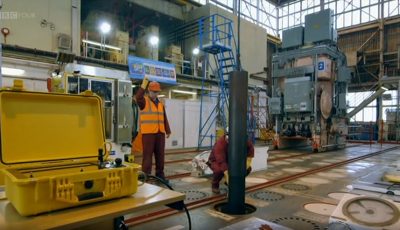
Prof Jim Al Khalili goes inside Calder Hall for his first look inside the core of a nuclear reactor | Britain's Nuclear Secrets: Inside Sellafield
Prof Jim Al Khalili goes inside Calder Hall for his first look inside the core of a nuclear reactor | Britain's Nuclear Secrets: Inside Sellafield
Nuclear physicist Professo...
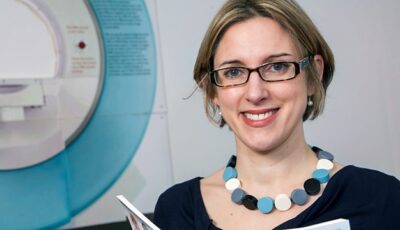
Sarah-Jayne Blakemore on teenage brains | The Life Scientific
Sarah-Jayne Blakemore on teenage brains | The Life Scientific
Professor Sarah-Jayne Blakemore talks to Jim Al-Khalili about her research on the developing teenage brain.

3: Revelations and Revolutions | Shock and Awe: The Story of Electricity
3: Revelations and Revolutions | Shock and Awe: The Story of Electricity
Jim Al-Khalili concludes by looking at how, if we could understand the secret of electrical supercon...
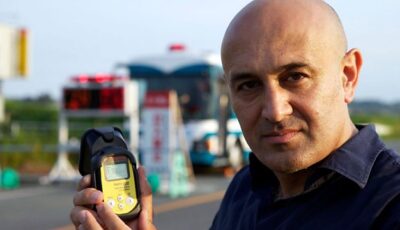
Fukushima: Is Nuclear Power Safe? | Horizon
Fukushima: Is Nuclear Power Safe? | Horizon
Six months after the explosions at the Fukushima nuclear plant in Japan, Professor Jim Al-Khalili sets out to discover whether nu...
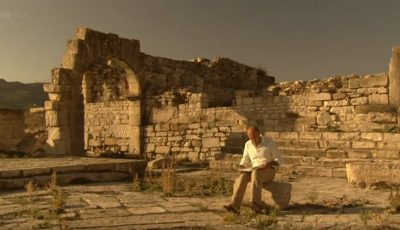
Al-Khwarizmi's digit and numerical system | Science and Islam
Al-Khwarizmi's digit and numerical system | Science and Islam
Jim Al-Khalili explains how our numerical system spread to Europe through the work of the Arabic mathematician ...
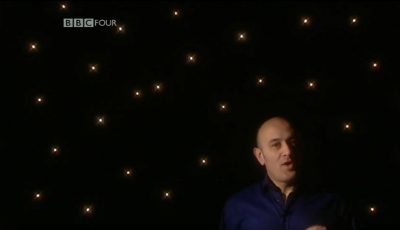
The big bang and the creation of hydrogen and helium | Atom
The big bang and the creation of hydrogen and helium | Atom
George Gamow believed that helium existed in the universe before the sun and the stars were formed.
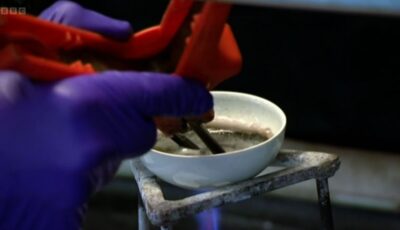
Electrolysis - Discovery of Potassium | Curriculum Bites
Electrolysis - Discovery of Potassium | Curriculum Bites
Spec references J248: C3.4b J250: C3.4b. Professor Jim Al-Khalili recreates the electrolysis experiment that lead to...
